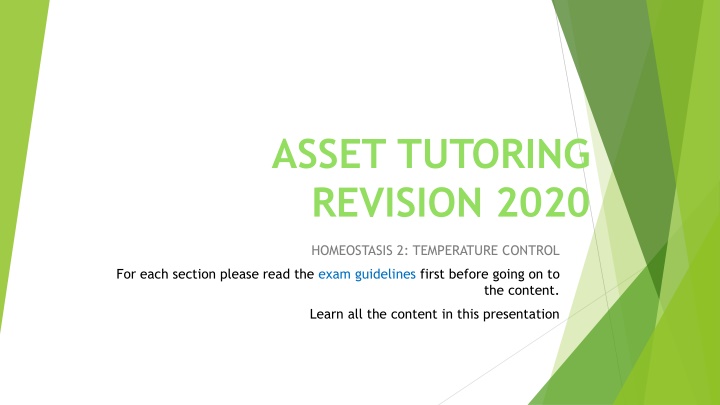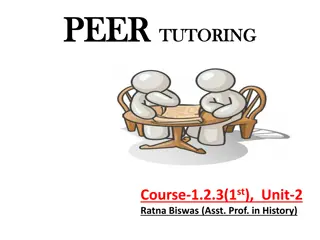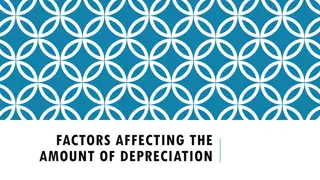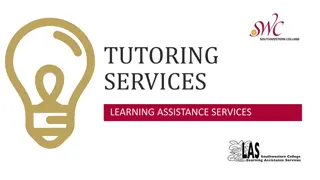ASSET TUTORING REVISION 2020
Exploring the essential concepts of temperature regulation within the context of homeostasis. Detailed examination of exam guidelines and comprehensive presentation content designed for thorough understanding.
Uploaded on Mar 06, 2025 | 3 Views
Download Presentation

Please find below an Image/Link to download the presentation.
The content on the website is provided AS IS for your information and personal use only. It may not be sold, licensed, or shared on other websites without obtaining consent from the author.If you encounter any issues during the download, it is possible that the publisher has removed the file from their server.
You are allowed to download the files provided on this website for personal or commercial use, subject to the condition that they are used lawfully. All files are the property of their respective owners.
The content on the website is provided AS IS for your information and personal use only. It may not be sold, licensed, or shared on other websites without obtaining consent from the author.
E N D
Presentation Transcript
ASSET TUTORING REVISION 2020 HOMEOSTASIS 2: TEMPERATURE CONTROL For each section please read the exam guidelines first before going on to the content. Learn all the content in this presentation
Exam guidelines Thermoregulation/temperature control Structure of the skin, using a diagram, with an emphasis on the parts involved in thermoregulation and know adaptations for effective temperature control Role of each of the following in thermoregulation: Sweating Vasodilation Vasoconstriction
Structure of the skin, using a diagram, with an emphasis on the parts involved in thermoregulation. MTG p 60 Parts of the skin involved in thermoregulation: Receptors (sensory nerve endings), arterioles and sweat glands
Too hot ie body temperature rises above normal
Too cold ie body temperature drops below normal
Role of sweating, vasodilation & vasoconstriction in temperature control The body s temperature is monitored by the hypothalamus. If you are too hot or too cold, the hypothalamus sends nerve impulses to the skin, which has three ways to either increase or decrease heat loss from the body s surface: If the body is too hot, glands under the skin secrete sweat onto the surface of the skin, to increase heat loss by evaporation. Sweat secretion stops when body temperature returns to normal. Arterioles supplying blood to the skin can swell or dilate - called vasodilation. This causes more heat to be carried by the blood to the skin, where heat can be lost to the air. If the body is too cold Arterioles can shrink down again - called vasoconstriction. This reduces heat loss through the skin once the body s temperature has returned to normal. ALSO Skeletal muscles can also receive messages from the brain when you are cold. They respond by shivering, which warms you up. Hairs on the skin trap more warm air if they are standing up, and less if they are lying flat. Tiny muscles in the skin can quickly pull the hairs upright to reduce heat loss or lay them down flat to increase heat loss.























